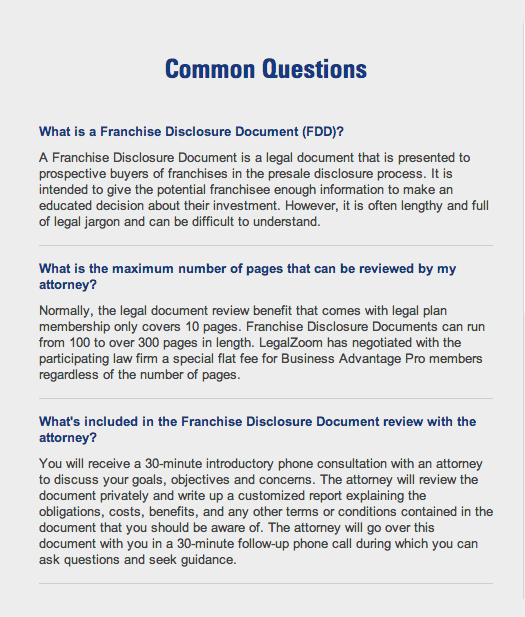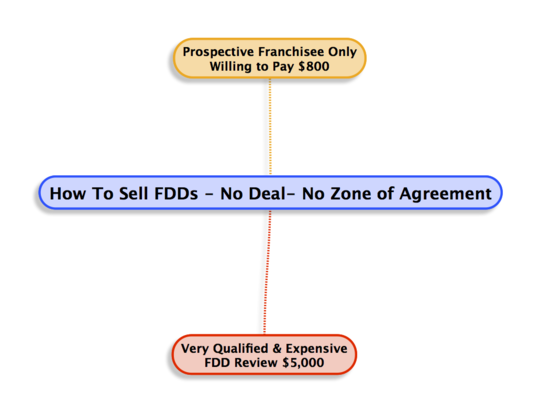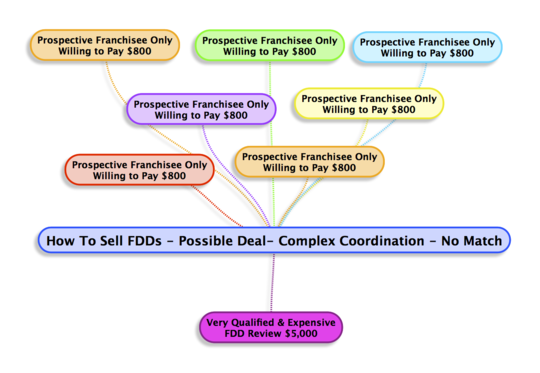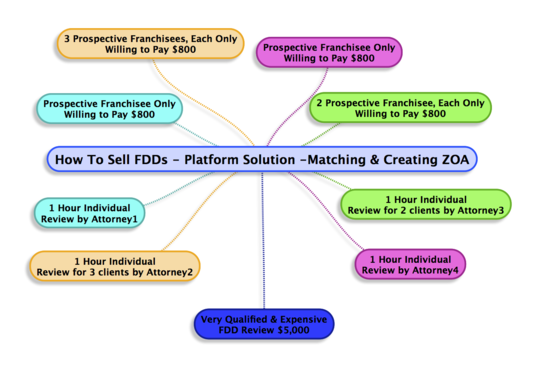Trying to build business connections has always been hard.
LinkedIn had made it easier. I used to routinely answer all types of questions in many different LinkedIn groups about call centers. I would always end my answer with an explicit direction to our website, if they needed to find more information.
Many people, but not all, went to our webiste and eventually became customers.
This seemed like a perfect sales pitch: I give you good information for free, and some people reciprocate by turning into customers.
Some group owners didn't like my approach and some did. Fair enough.
But, LinkedIn then made it very hard with the introduction of Site Wide Area Moderation, or SWAM.
The group owners who didn't like my approach could SWAM me and put me on moderation in the groups that did like me.
I, and many others, could not understand this.
But then I read Michael Webster's concise point, on a LinkedIn group thread we both belong to:
"SWAM is effective because it gives owners unjustified reach - jurisdiction over non-members & other groups. That is the way it is designed.
To amplify a single signal (try saying that fast 5 times in a row) of spam into the largest signal possible. It cuts down on needing and employing thoughtful moderators.
If you are selling sponsored groups, it means that you don't have to spend a lot of money moderating them because SWAM is working for you.
That is why SWAM is here to stay - as long as LI is making money off of sponsored groups."
What an epiphany!
That's the most cynical - yet as I now can see - most accurate & succinct definition of LinkedIn's anti SPAM Site Wide Auto Moderation (SWAM) policy that I've ever read.
I'd been campaigning against SWAM because I claimed that it was deeply flawed & fundamentally unjust.
Webster opened my eyes to see that SWAM is doing exactly what it was designed to do - and that in its own heavy handed & totalitarian way is actually a very "elegant" solution.
I'd been pointing out what a poor job LinkedIn has done educating group owners/managers/moderators as to what SWAM was to begin with.
Well - Webster is right. Why bother educating them when SWAM cuts down on the need to employ thoughtful moderators at all?
I'd been pointing out that SWAM gave a single owner/manager/moderator the power to suppress & muzzle a group member across the entire LinkedIn platform - without the need to provide even a shred of evidence.
And again Webster's explanation is correct. LinkedIn designed SWAM to empower a single owner/manager/moderator with unjustified reach & jurisdiction over non members & other groups - precisely because they wanted SWAM to amplify a single signal of suspected SPAM and to turn that suspicion into the largest signal possible - because by doing so SWAM cuts down on the time & money required to moderate groups - or the need to employ thoughtful moderators at all (particularly for Open Groups).
Yossarian was moved very deeply by the absolute simplicity of Catch-22 and let out a respectful whistle.
"That's some catch, that Catch-22," he observed. "It's the best there is," Doc Daneeka agreed. ― Joseph Heller, Catch-22





